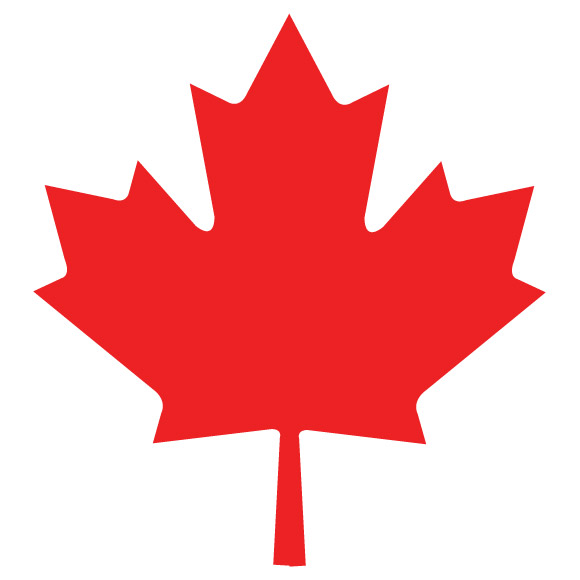Analyze personal eating practices.
| (a) |
Investigate a variety of information about foods and beverages (e.g., print resources, media, nutritionists, elders). |
| (b) |
Examine information and promotions created to influence eating practices. |
| (c) |
Explain the importance of reading and understanding food labels including serving size, calories, and nutritional values (e.g., fat, sodium, and sugars) for making healthy food choices. |
| (d) |
Investigate a variety of information about healthy eating practices (e.g., five small meals/day, cultural foods and traditions, vegetarianism). |
| (e) |
Evaluate how particular practices and diets (e.g., cultural diets, vegetarian diet, diabetes diet) require planning to ensure a healthy, balanced diet. |
| (f) |
Record and analyze personal food consumption for five days (including servings, time, and location). |
| (g) |
Observe and record factors (e.g., cultural, environmental) that influence personal eating practices. |
| (h) |
Examine own and others' experiences with processed and non-processed foods. |
| (i) |
Investigate and compare the health benefits of consuming processed versus non-processed foods. |
| (j) |
Examine how eating practices have changed (e.g., traditional First Nations peoples eating practices, "fast-food" era). |
| (k) |
Explain how changes in our bodies sometimes affect our eating habits (e.g., increased appetite during growth spurts, "fuel" for exercise). |




